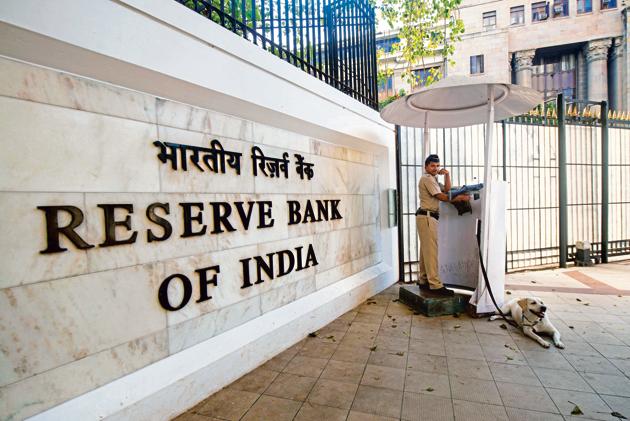Rate cut: RBI’s growth gamble
While welcome, the central bank’s move to cut its policy rate by 0.25 percentage point, is a gamble of sorts. Or actually, three gambles, a radical development for an organisation that rarely, if at all, takes chances.
The Reserve Bank of India (RBI) surprised economists and market watchers on Thursday by cutting its policy rate by 0.25 percentage point to 6.25, and, for the first time perhaps, articulated that by law (the RBI Act), with inflation taken care of, it was bound to focus on growth. This was the first time since August 2017 that the central bank has cut rates; through 2018, worried about obstinate core inflation, it increased rates by a total of 0.5 percentage point.

Corporate and retail borrowers are both likely to be happy about this — all loans, after all, will get cheaper. As will the government, which has previously indicated its preference for a lower rate
But while welcome, the central bank’s move is a gamble of sorts. Or actually, three gambles, a radical development for an organisation that rarely, if at all, takes chances.
India’s central bank has traditionally been conservative. That conservatism means it usually back-ends rate cuts — waiting for the macro and micro to turn conducive before reducing rates rather than doing so in anticipation. This time, it has front-ended the rate cut. That may also explain why the decision wasn’t unanimous; two of the six members of the Monetary Policy Committee voted against a rate cut.
That the factors were turning conducive was clear. Most economists said, ahead of the meeting of the Monetary Policy Committee, that they expected the RBI to change its policy stance to neutral (which it has). They didn’t expect the cut, though.
Behind the new stance (neutral, as expected), and the cut are three factors: lower inflation (consumer price inflation in December was 2.19%, a 18-month low); an expectation of slower-than-hoped-for expansion of the economy (7.2% in 2018-19), according to the central Statistics Office; and nervousness in India’s non-banking financial companies (or shadow banking) sector, which has been roiled by the crisis at IL&FS.
The RBI’s comfort level for inflation is 2-6% (including the safety margin) and the inflation number has been in the lower half of that range since the middle of last year. From that perspective, a cut makes sense. However, some analysts have pointed out that core inflation is still near the upper bound of that range. The RBI’s first gamble is that this number will remain under control.
Its second gamble is that food inflation, which has consistently been low, continues to be so, despite an expansionary interim budget that will see money flowing into rural households.
And its third gamble is on growth.






